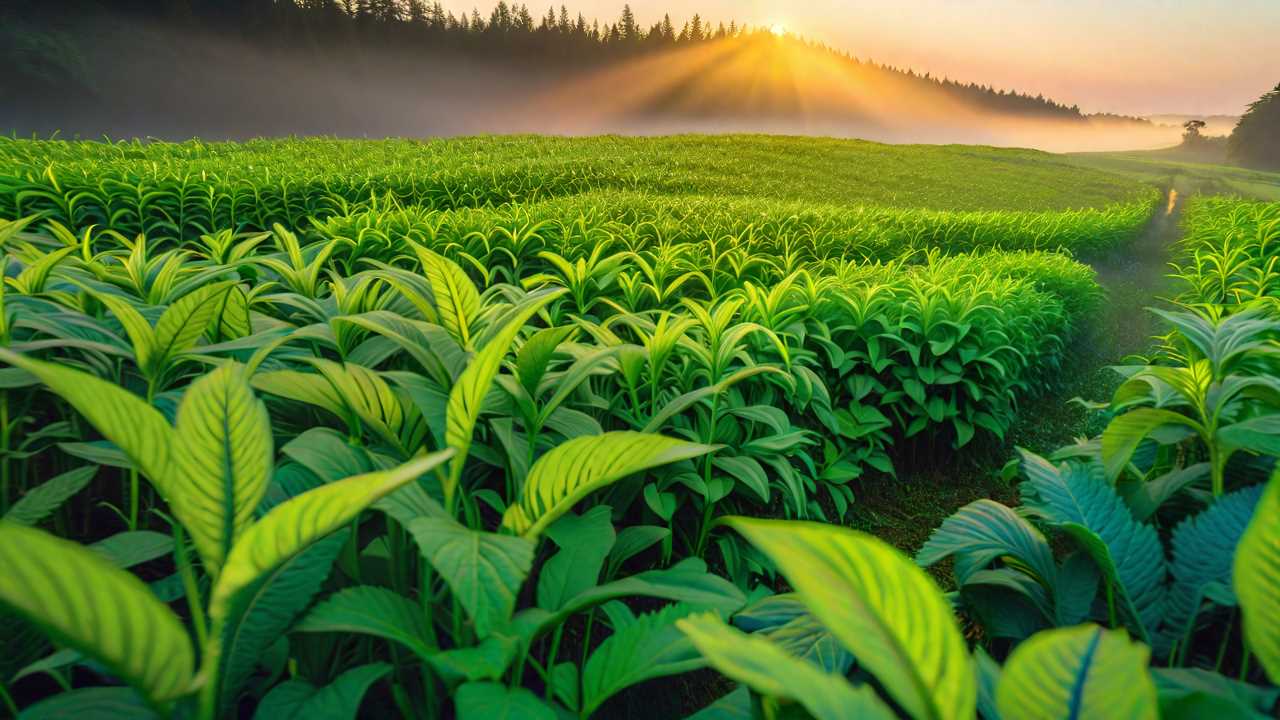
You might think that the impact of natural dyes on the environment is negligible, but the reality is quite the opposite. Did you know that the use of natural dyes can significantly reduce the carbon footprint of the textile industry? Imagine the possibilities of a world where fashion and sustainability coexist harmoniously. The benefits go beyond just being eco-friendly; natural dyes have the power to transform industries and pave the way for a greener future. So, are you ready to investigate the untapped potential of natural dyes and their positive effects on the environment?
Environmental Benefits of Natural Dyes
Using natural dyes in the textile industry reduces the amount of harmful chemicals released into the environment during the dyeing process. Natural dyes are derived from plants, minerals, and insects, making them biodegradable and non-toxic. These dyes don't contain the hazardous substances found in synthetic dyes, such as heavy metals and carcinogens. By opting for natural dyes, you contribute to a cleaner ecosystem and safer working conditions for those involved in the textile industry.
Research shows that the production of synthetic dyes generates a substantial amount of pollution, including air and water contamination. In contrast, natural dyes have a minimal environmental impact, as they're renewable and don't contribute to the accumulation of harmful substances in the environment. Additionally, natural dyes often require less water and energy to be processed, further reducing their ecological footprint.
Reduction of Water Pollution
The utilization of natural dyes in textile production significantly decreases the contribution to water pollution compared to synthetic dyes.
Synthetic dyes often contain harmful chemicals and heavy metals that can leach into water sources during the dyeing process or when garments are washed, leading to water pollution.
On the other hand, natural dyes are derived from plants, minerals, or insects and are biodegradable, posing minimal risk to water ecosystems.
Studies have shown that the discharge from synthetic dyeing processes can contain toxic compounds that persist in water bodies, affecting aquatic life and even human health through contaminated drinking water sources.
In contrast, the use of natural dyes results in less harmful effluents being released into water systems, thereby reducing the overall pollution load.
Energy Efficiency in Production
Enhancing energy efficiency measures in textile production processes can lead to significant reductions in overall energy consumption and environmental impact. By implementing energy-efficient technologies such as heat recovery systems, optimized lighting, and improved insulation, textile manufacturers can lower their energy usage and greenhouse gas emissions.
For instance, upgrading to energy-efficient machinery can result in substantial energy savings during the dyeing and finishing stages of textile production.
Studies have shown that enhancing energy efficiency in textile production can't only lead to cost savings for manufacturers but also contribute to a greener environment by reducing carbon footprints. For every unit of energy saved, there's a corresponding decrease in the amount of fossil fuels burned and greenhouse gases emitted.
Additionally, energy-efficient practices often go hand in hand with improved productivity and product quality, further enhancing the overall sustainability of textile production processes.
Preservation of Biodiversity
Implementing sustainable practices in textile production processes can play a crucial role in the preservation of biodiversity. By utilizing natural dyes derived from plants, insects, or minerals, the environmental impact of textile production can be significantly reduced. Natural dyes are biodegradable and don't contain harmful chemicals that can pollute ecosystems or harm wildlife. This eco-friendly approach helps to maintain the balance of ecosystems and supports the conservation of biodiversity.
The cultivation of plants for natural dyes can also contribute to preserving biodiversity. Farmers who grow dye plants often maintain diverse agricultural landscapes, providing habitats for various species of plants and animals. This diversity helps to support pollinators, beneficial insects, and other wildlife, creating a healthier ecosystem overall.
Furthermore, the use of natural dyes encourages the protection of traditional knowledge related to dyeing techniques and plant cultivation. By supporting local communities that practice sustainable dyeing methods, we can help preserve cultural diversity and promote the conservation of biodiversity on a global scale.
Frequently Asked Questions
Are Natural Dyes More Expensive Than Synthetic Dyes?
When comparing costs, natural dyes can be pricier than synthetic ones due to factors like sourcing and production. However, the phrase "you get what you pay for" holds true here, as natural dyes offer unique benefits worth the investment.
Do Natural Dyes Fade Faster Than Synthetic Dyes?
Natural dyes do tend to fade faster than synthetic dyes due to their organic composition. This is because natural pigments may break down more quickly when exposed to light, washing, and other environmental factors.
Can Natural Dyes Be Used for All Types of Fabrics?
You'll discover that natural dyes can work wonders on various fabrics. While they might not be a one-size-fits-all solution, their versatility is impressive. Appreciate the beauty of natural dyes across different textiles.
Are Natural Dyes Less Vibrant Than Synthetic Dyes?
Natural dyes can be less vibrant than synthetic dyes due to variations in plant pigments. While some natural dyes may offer rich hues, others can provide more subtle tones. Experimentation with different sources can yield diverse color outcomes.
Are Natural Dyes Easily Accessible for Mass Production?
Natural dyes are becoming more accessible for mass production due to advancements in extraction techniques and increased demand for sustainable products. Companies are investing in scaling up production to meet market needs.
 SportsHollywoodLifestyleFashionHome & GardenTrendsPrivacy PolicyTerms And Conditions
SportsHollywoodLifestyleFashionHome & GardenTrendsPrivacy PolicyTerms And Conditions
